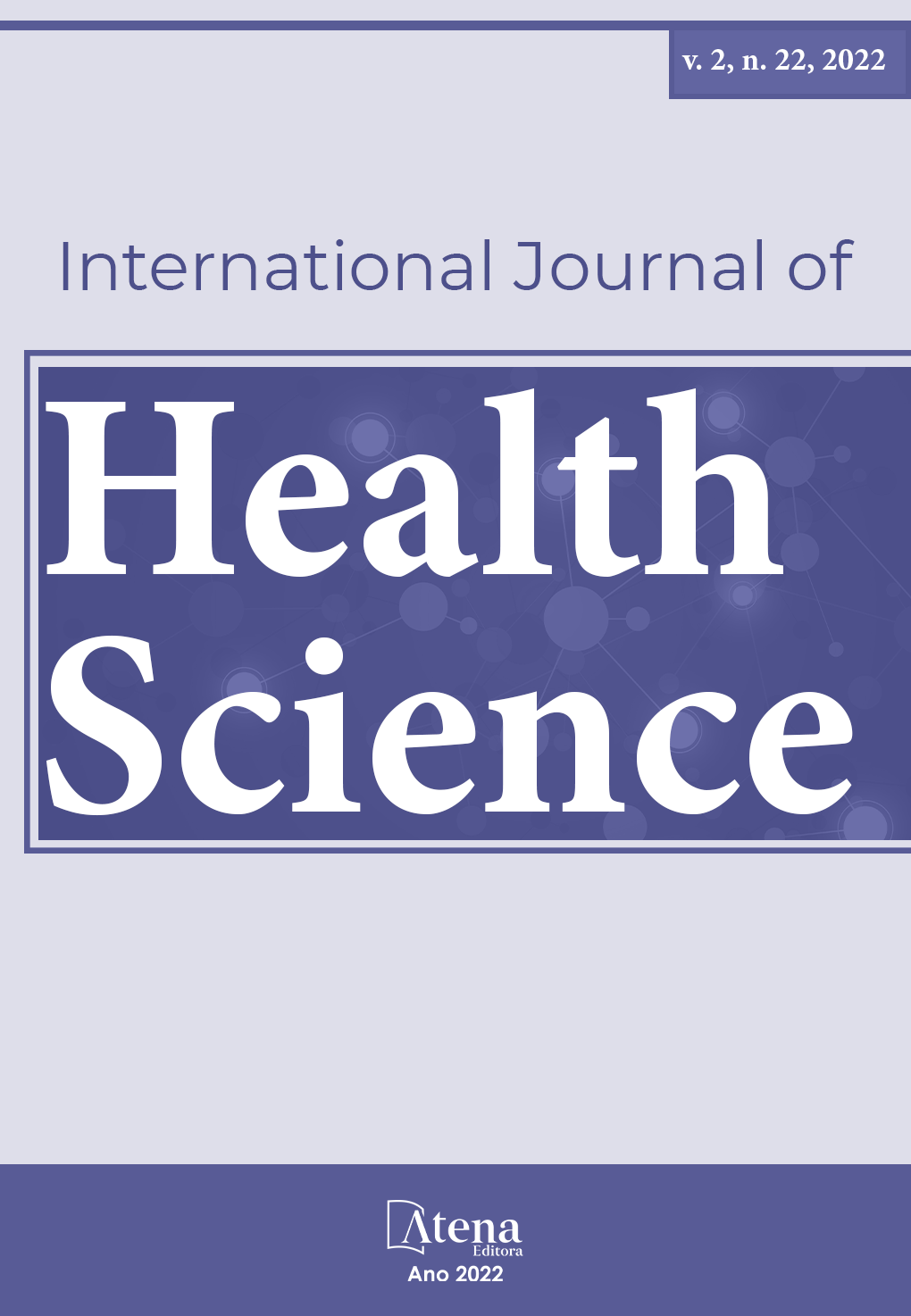
INVASIVE MENINGOCOCCAL DISEASE AFTER EMERGENCY SPLENECTOMY: CASE REPORT
Female patient, 50 years old, with a history of splenectomy after trauma 3 years before and report of appropriate vaccination. She was referred to the emergency room of a tertiary care center due to circulatory shock, initially attributed to anaphylaxis following a hair straightening procedure done 3 days prior to admission. She reported myalgia, asthenia, fever, vomiting, and diarrhea for three days, with rapid onset of purpuric plaques and areas of necrosis on the face, with progression to the back and extremities. When seeking initial care, hypotension and intense peripheral vasoconstriction with need for vasoactive drugs were identified. She was conscious and aware, without evidence of meningeal irritation. Examinations performed showed multiple organic dysfunctions in addition to laboratory markers fulfilling the criteria for DIC, which contraindicated collecting cerebrospinal fluid. Hemocultures were negative, but biopsy of a skin fragment showed the presence of Gram-negative cocci. The correlation of clinical and anatomopathological data allowed for the diagnosis of meningococcemia. The patient died after 22 days of hospitalization.
INVASIVE MENINGOCOCCAL DISEASE AFTER EMERGENCY SPLENECTOMY: CASE REPORT
-
DOI: 10.22533/at.ed.1592222230047
-
Palavras-chave: Splenectomy; meningococcemia; meningitis; shock
-
Keywords: Splenectomy; meningococcemia; meningitis; shock
-
Abstract:
Female patient, 50 years old, with a history of splenectomy after trauma 3 years before and report of appropriate vaccination. She was referred to the emergency room of a tertiary care center due to circulatory shock, initially attributed to anaphylaxis following a hair straightening procedure done 3 days prior to admission. She reported myalgia, asthenia, fever, vomiting, and diarrhea for three days, with rapid onset of purpuric plaques and areas of necrosis on the face, with progression to the back and extremities. When seeking initial care, hypotension and intense peripheral vasoconstriction with need for vasoactive drugs were identified. She was conscious and aware, without evidence of meningeal irritation. Examinations performed showed multiple organic dysfunctions in addition to laboratory markers fulfilling the criteria for DIC, which contraindicated collecting cerebrospinal fluid. Hemocultures were negative, but biopsy of a skin fragment showed the presence of Gram-negative cocci. The correlation of clinical and anatomopathological data allowed for the diagnosis of meningococcemia. The patient died after 22 days of hospitalization.
-
Número de páginas: 3
- Renata Zorzetti Manganaro Oliveira
- Lucas Fukuyama
- Lucas Aguiar Anchieta do Nascimento
- Paula Moura Souza
- Octávio Marinzek Araújo
- Beatriz Vilacian Almeida
- Geison José do Prado Ventura
- Gabrielle Lima Alves Reis
- Mirelle Goulart Duarte
- Marcos Antonio Cavalari de Souza


